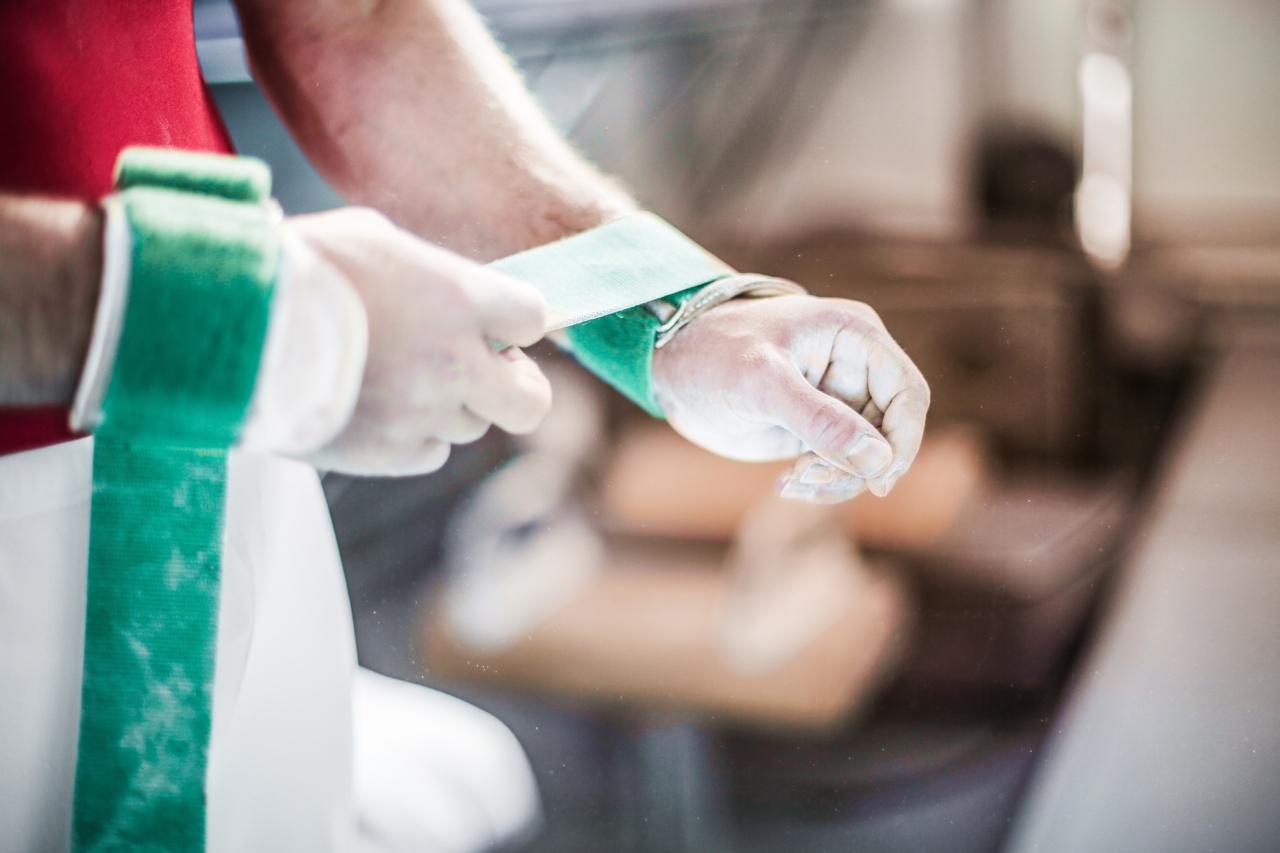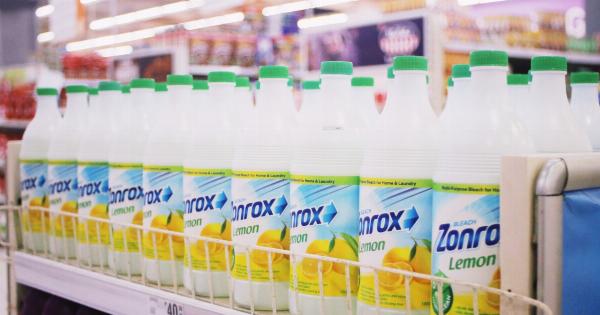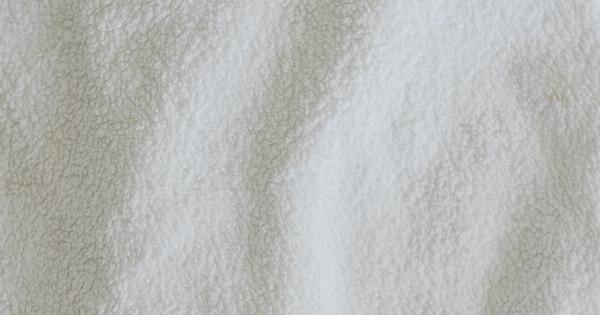Mayonnaise is a versatile condiment that is widely used in homes and restaurants around the world. Despite its common usage, many people are not aware of its sterilizing properties, which makes it a very useful substance in the kitchen and beyond.
In this article, we will explore the sterilizing power of mayo, its benefits, and how it can be used in various settings.
What is Mayonnaise?
Mayonnaise is a sauce made from oil, egg yolks, vinegar, salt, and other ingredients such as mustard, lemon juice, and garlic. The oil in mayonnaise is what gives it its smooth and creamy texture, while vinegar and lemon juice add tanginess and flavor.
Mayonnaise is commonly used as a condiment for sandwiches, burgers, and salads, but it can also be used as an ingredient in recipes such as dips, dressings, and sauces.
Sterilizing Power of Mayo
Mayonnaise has a unique property that makes it more than just a condiment – it can sterilize. This means that it has the ability to kill germs and bacteria on surfaces, making it a very useful substance in the kitchen and beyond.
The reason mayonnaise can sterilize is because of its acidity and oil content. The acidity in the vinegar and lemon juice is capable of killing bacteria, while the oil creates a barrier that prevents new bacteria from growing.
Bacteria-Fighting Properties
Mayonnaise’s acidity is one of the key components that gives it its bacteria-fighting properties. The vinegar and lemon juice in mayonnaise contain acetic acid and citric acid, which are capable of killing a wide range of bacteria, including E.
coli, Salmonella, and Listeria. These bacteria can cause foodborne illnesses if they are present on surfaces where food is prepared and consumed. The acidity in mayonnaise can help to prevent and reduce the risk of these illnesses.
Mayo as a Sterilizer
Mayonnaise can be used as a sterilizer in many different settings. One common use is in the kitchen, where it can be used to clean and sterilize cutting boards, countertops, and other surfaces.
To use mayonnaise as a sterilizer, simply apply a small amount to the surface and let it sit for a few minutes. The acidity and oil in the mayo will kill any bacteria present and prevent new bacteria from growing.
Mayonnaise can also be used to clean and sterilize other household items, such as silverware, jewelry, and even shoes.
By applying a small amount of mayo and letting it sit for a few minutes, you can kill any bacteria or germs present and prevent the growth of new bacteria. However, it is important to note that mayo should not be used as a substitute for traditional cleaning products or soap and water.
Benefits of Using Mayonnaise as a Sterilizer
Using mayonnaise as a sterilizer has several benefits. For one, it is a natural and safe alternative to chemical-based cleaning products, which can be harmful to both humans and the environment.
Mayo is also readily available and affordable, making it a convenient option for people who are looking for a quick and easy way to sterilize surfaces and items.
Moreover, mayonnaise is versatile and can be used in a variety of settings. Whether you are cleaning and sterilizing your kitchen or your shoes, mayonnaise can be used to get the job done effectively.
It is also gentle and non-abrasive, making it suitable for use on delicate surfaces such as jewelry and silverware.
Conclusion
Mayonnaise may be typically viewed as just a condiment, but its sterilizing power is a surprising and beneficial aspect.
The acidity and oil content in mayo makes it a natural and safe alternative for sterilizing different surfaces and items in your home. Using mayo as a sterilizer is affordable, convenient, and effective.































